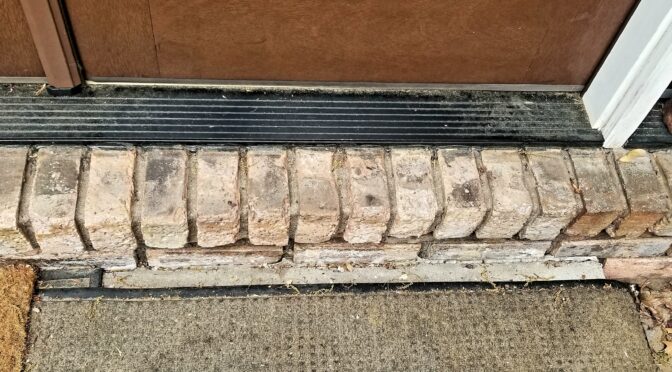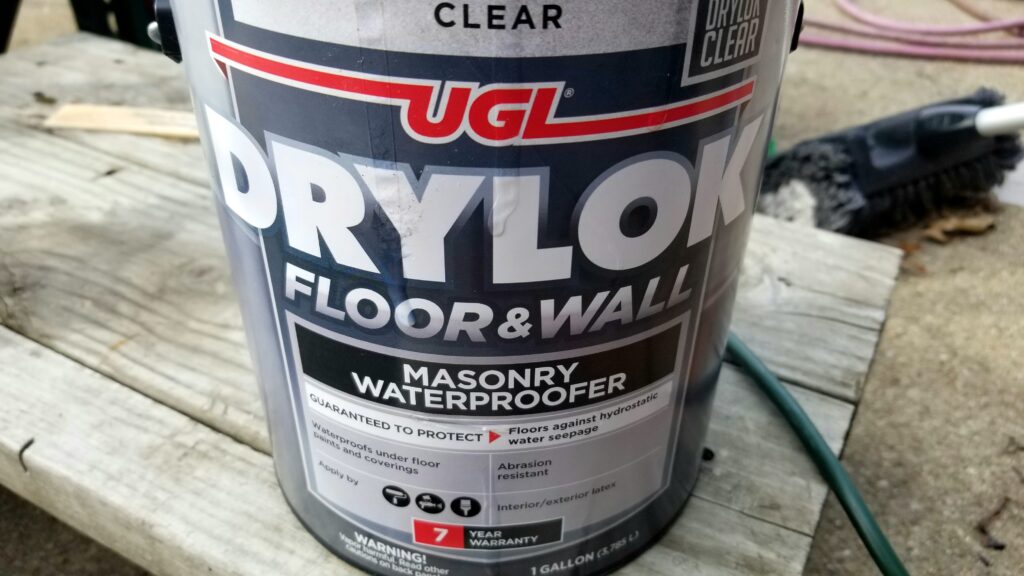Our home was built in the early 1970s and someone decided to use same relatively soft red brick at the threshold of the door as the rest of house’s exterior walls. I noticed in the fall of 2020 it was really starting to spall – meaning the brick was starting to flake apart. This happens when water gets in, freezes, expands and causes parts of the brick to crack and split. The above photo gives you and idea of what it looked like.
I did what I normally do – I started reading about how to stop spalling brick. The consensus was that sealing the brick before spalling started was the best approach but you know what – that really didn’t help me much because I already had spalling going on but the core of the bricks was intact.
Let me tell you something – there are a ton of brands of masonry sealer and based on the forecast, my procrastination was forcing me to get something applied within three days of cold weather really setting in. This meant and I had to rush and get something on-hand at a local store.
The closest hardware store to me is Ace so I want to the section where they had masonry sealers and started googling and reading reviews of each one that they had in stock. Again, I was pressed for time so I had to move. What I wound up buying was UGL DryLok Floor and Wall Masonry Sealer.
I got home, read the instructions, cleaned the brick off, put down a piece of cardboard to catch the drips and applied it fairly thickly with a painbrush taking care to daub it into all of the corners. The stuff seriously reminded me of Elmer’s Glue but not such a bright white.
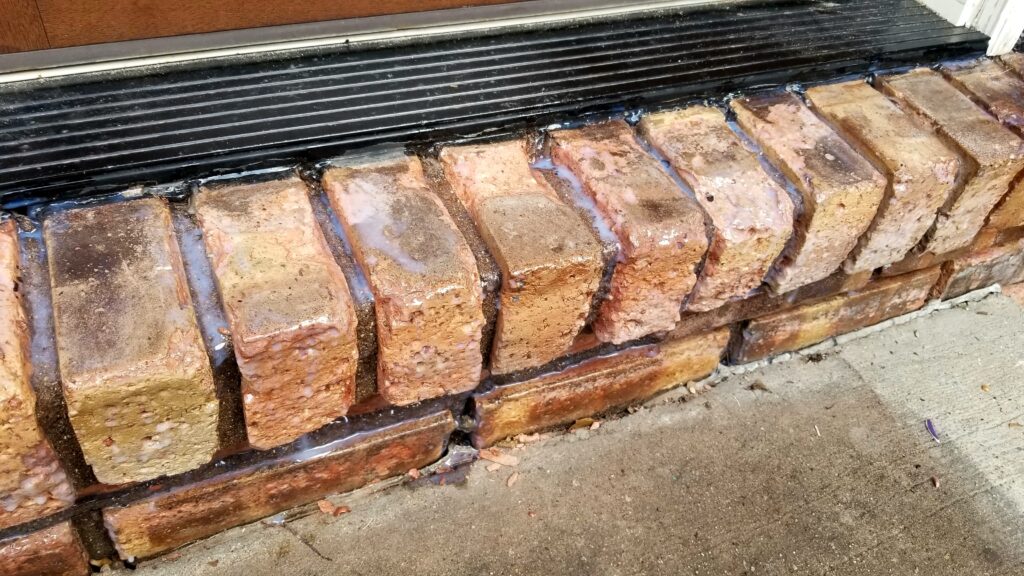
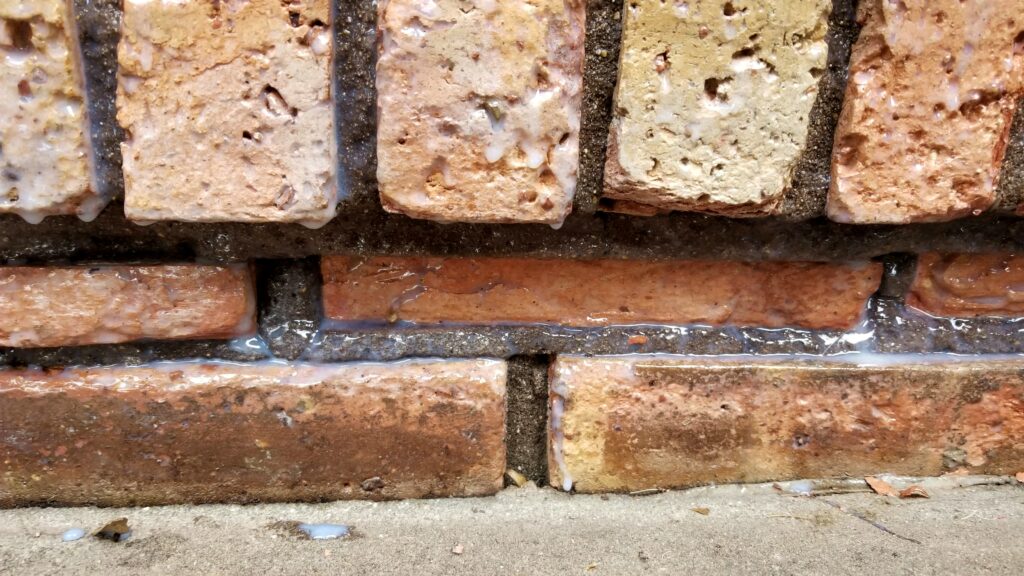
I let it dry overnight and then applied the recommended second coat . After drying, the bricks had a “wet” look to them – they were slightly darker and shinier than before but they appeared sealed. So, I crossed my fingers and hoped it would at least make it through the winter and I would plan a new approach if it failed.
Okay, I am now writing this in June of 2021, about seven months later and the DryLok worked. Not one bit of new spalling and even more surprising, the sealer looks the same. I can’t say that I see any wear in teh shiny finish. I guess now I will just wait and see how long it holds up.
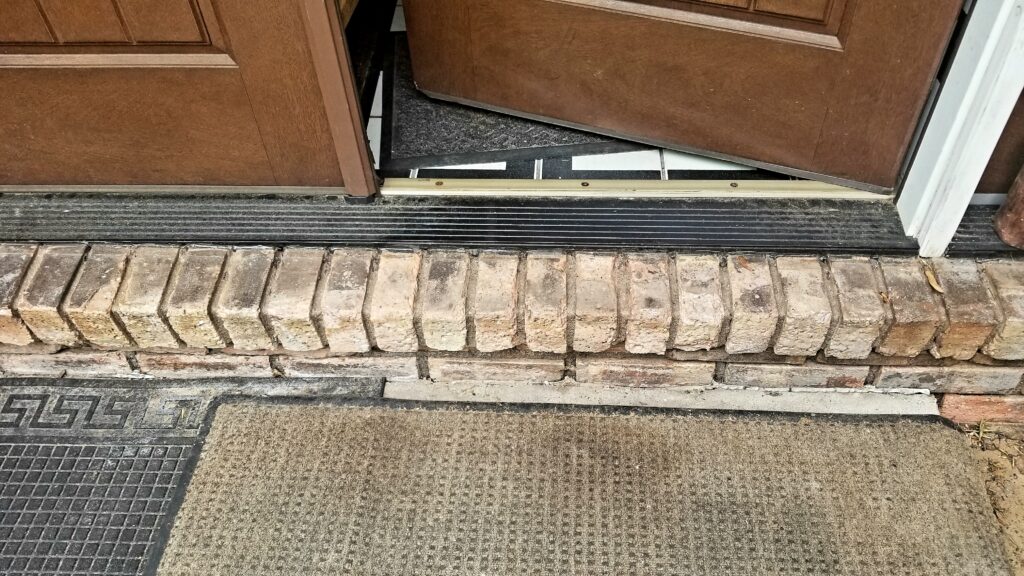
I Was So Impressed I Used It On Our Chimney Cap
A project on my list for this June was to seal my poured concrete chimney cap. It was starting show some surface cracks and when I ran my hand across it, I could feel loose grains of sand. It definitely needed to be sealed.
Guess what I used? I bought a gallon of the DryLok to do the threshold and only used a tiny amount to do it. I went and got the gallon and used over half of it applying two decents coats to the chimney cap and flue covers. We’ll see how long it holds up but I suspect it will be a few years at least given the threshold.
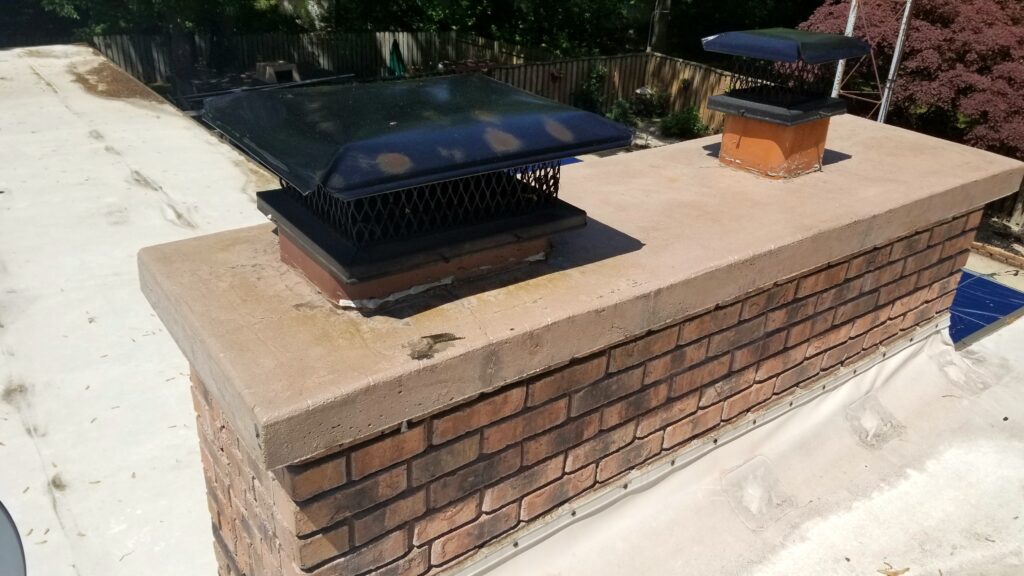
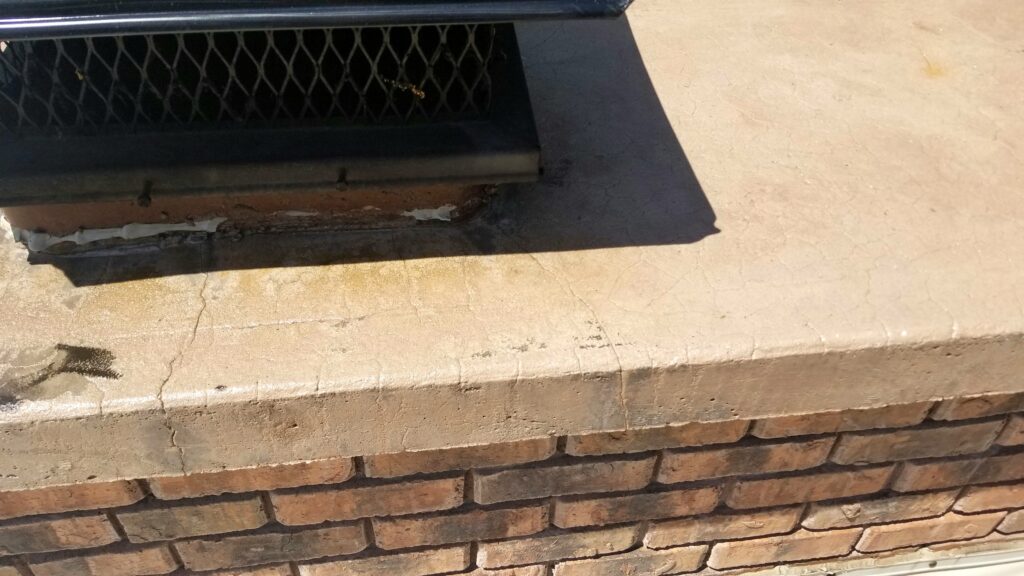
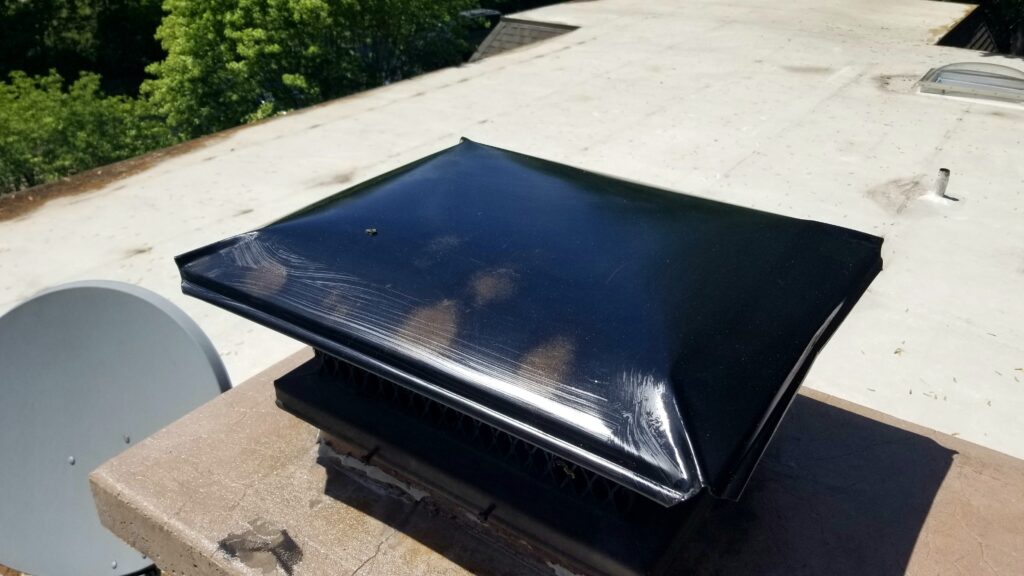
In Summary
The UGL DryLok Floor and Wall Masonry Sealer did a great job stopping the spalling of our front door’s brick threshold and it made it through one winter. Given how it performed, I just used it to seal our chimney cap and we’ll see how long it lasts there as well.
I hope this helps you out.
Note, I have to buy all of my parts – nothing here was paid for by sponsors, etc. I do make a small amount if you click on an ad and buy something but that is it. You’re getting my real opinion on stuff.
If you find this post useful, please share the link on Facebook, with your friends, etc. Your support is much appreciated and if you have any feedback, please email me at in**@*********ps.com. Please note that for links to other websites, we are only paid if there is an affiliate program such as Avantlink, Impact, Amazon and eBay and only if you purchase something. If you’d like to directly contribute towards our continued reporting, please visit our funding page.
